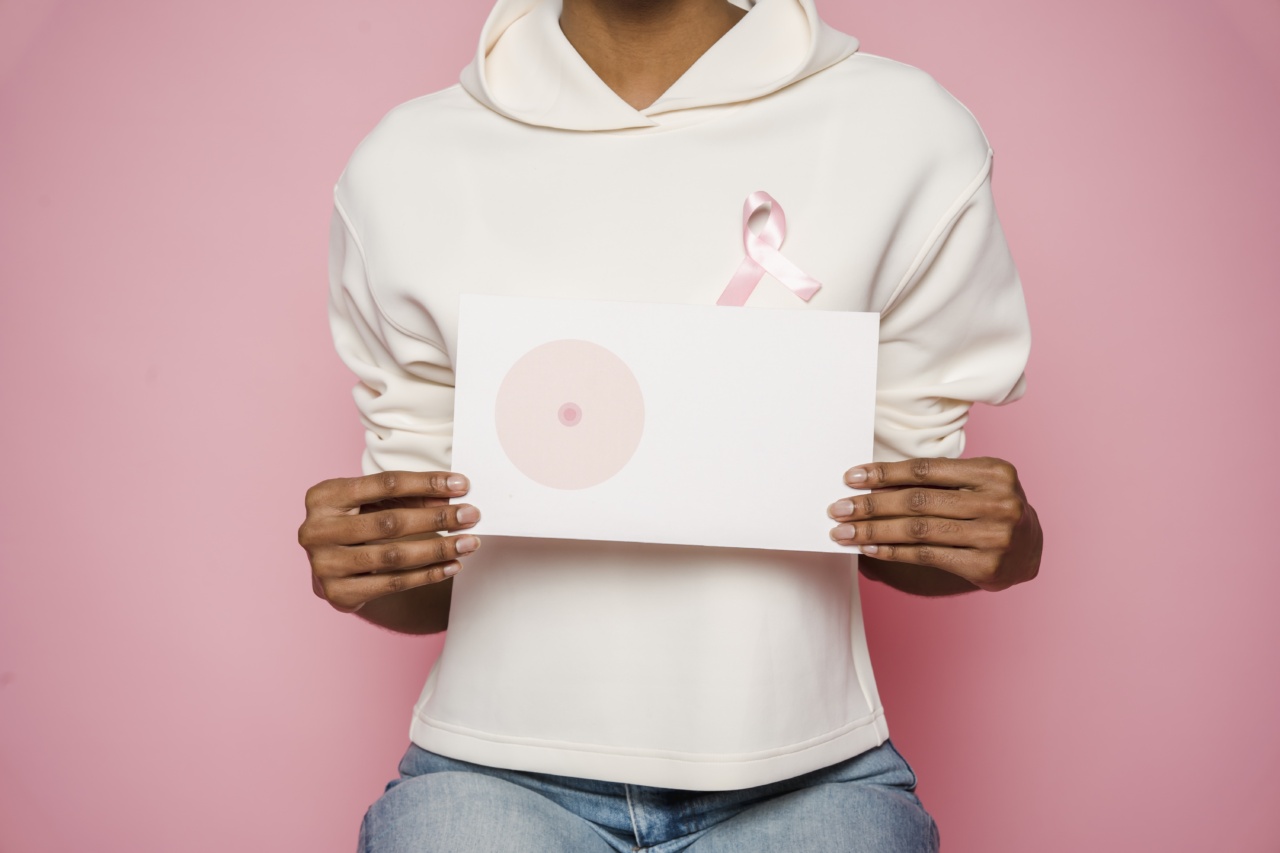Advancements in technology and artificial intelligence (AI) have revolutionized various industries, and healthcare is no exception.
In recent years, AI-powered chatbots have become increasingly popular in assisting with a wide range of tasks, including medical diagnoses, patient monitoring, and health education. One such AI-powered chatbot is ChatGPT, which holds tremendous potential in breast cancer prevention.
Early Detection: A Key to Successful Treatment
As the second most common cancer worldwide, early detection plays a crucial role in effectively treating breast cancer.
Regular screenings and self-examinations are essential, but many individuals may not be aware of the importance or might have concerns or questions. ChatGPT can bridge this gap by providing reliable and accessible information to encourage more proactive behavior.
Through intuitive conversations and the analysis of symptoms, ChatGPT can educate individuals about the importance of self-examination and regular mammograms.
It can answer questions about when and how to perform self-exams, discuss potential signs and symptoms of breast cancer, and emphasize the significance of early detection. By empowering individuals with this knowledge, ChatGPT can contribute immensely to increasing the rate of timely diagnoses.
Improved Risk Assessment and Personalized Care
Every individual has a unique risk profile when it comes to breast cancer. Certain factors, such as age, family history, and lifestyle choices, can influence the likelihood of developing the disease.
By leveraging AI algorithms, ChatGPT can gather and analyze these factors through interactive conversations, helping users understand their specific risk level.
With this information, ChatGPT can provide personalized recommendations for individuals to reduce their risk of developing breast cancer.
These recommendations may include lifestyle modifications, such as adopting a healthier diet and exercise regimen, or guidelines for regular check-ups with healthcare professionals. By tailoring preventive measures to each user, ChatGPT enhances overall proactive care and empowers individuals to take charge of their breast health.
Supporting Patients and Overcoming Stigma
Breast cancer can be an emotionally challenging journey for patients and their families. The stigma and fear associated with the disease may prevent individuals from seeking necessary support and guidance.
ChatGPT offers a safe and non-judgmental space where individuals can openly discuss their concerns without any hesitation.
By engaging in compassionate conversations, ChatGPT can provide emotional support to those affected by breast cancer. It can address anxieties related to treatments, share coping strategies, and offer resources for psychological support.
ChatGPT can also connect patients with relevant support groups and organizations, fostering a sense of community and empowerment.
The Limitations and Ethical Considerations
While ChatGPT holds enormous potential, it is essential to acknowledge its limitations as well. The accuracy of its responses heavily depends on the quality and reliability of the information it has been trained on.
Therefore, ensuring the training data is up-to-date and comprehensive is crucial to avoid misinformation or outdated medical advice.
Additionally, privacy and security concerns must be addressed when implementing ChatGPT in healthcare settings.
Patient data must be protected and handled in accordance with strict confidentiality standards to maintain trust and safeguard sensitive information. Ethical considerations must guide the development and use of AI chatbots to ensure they benefit patients without compromising their rights or well-being.
Conclusion
ChatGPT has immense potential in breast cancer prevention, revolutionizing the way individuals access information, assess their risks, and receive emotional support.
By enhancing early detection, improving risk assessment, and empowering patients, ChatGPT can contribute significantly to reducing the burden of breast cancer and improving patient outcomes.



























